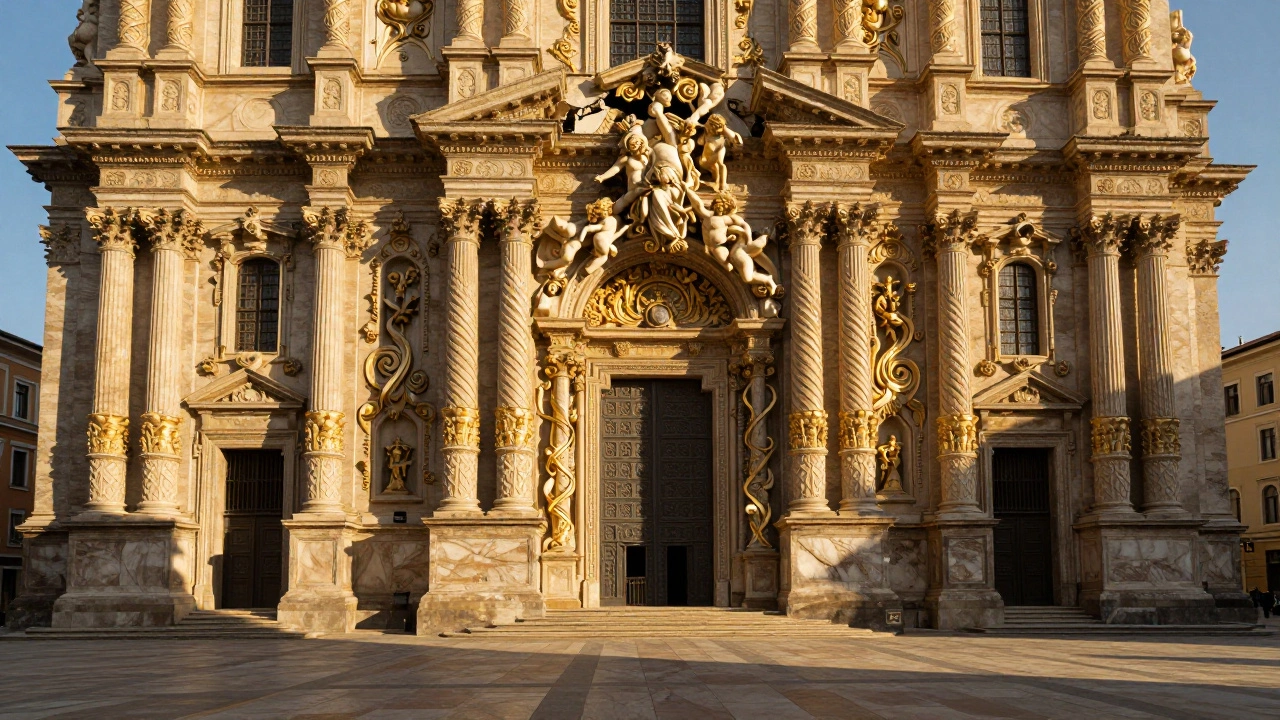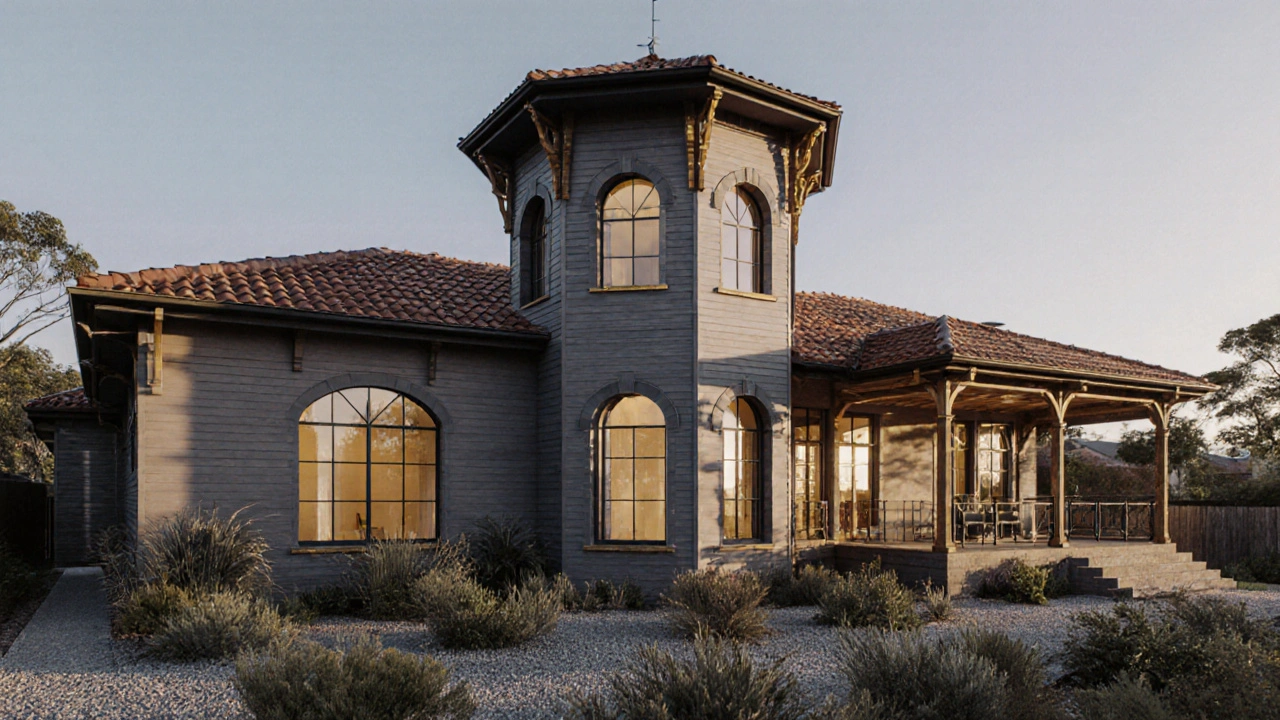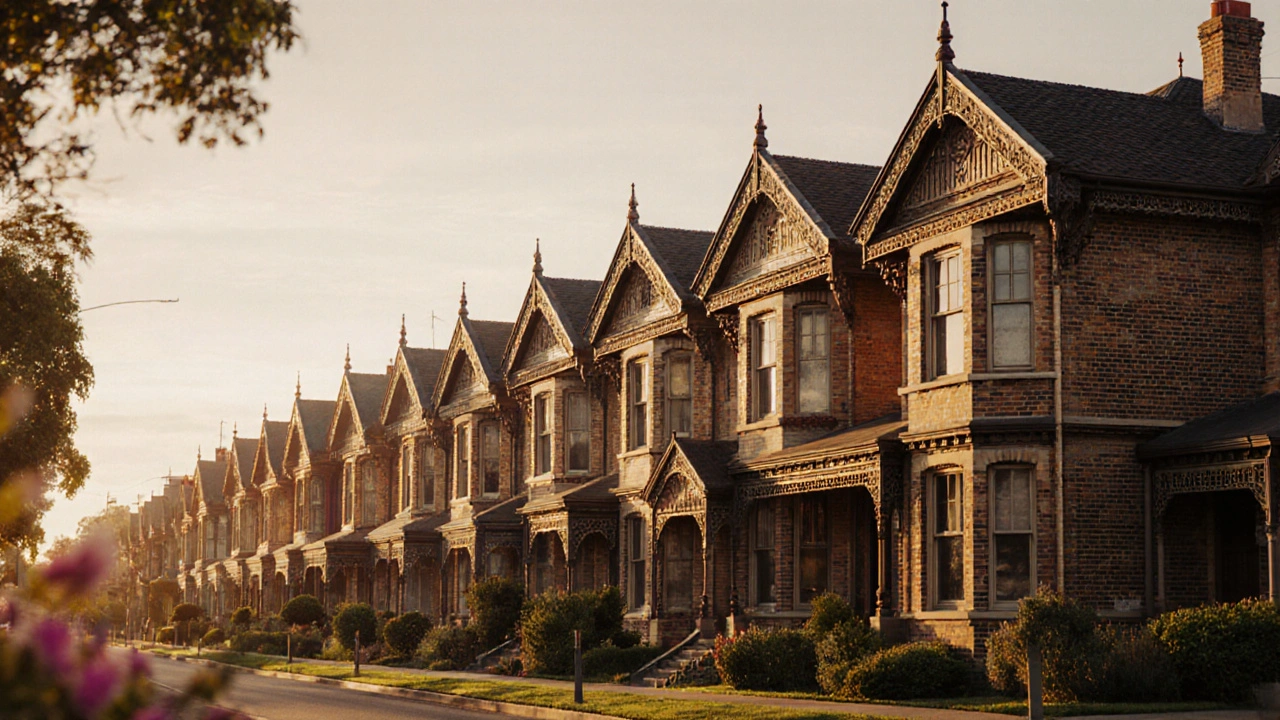Explore 10 iconic Gothic Revival buildings from London to Sydney, including Parliament, Notre-Dame, and St. Patrick’s Cathedral. Learn how this 19th-century movement reshaped architecture with pointed arches, stained glass, and spiritual grandeur.
Architectural Artistry Chambers — Where Art Meets Architecture
Buildings say a lot about who we are. Want clear, visual guides to styles like Beaux-Arts, Greek Revival, Bauhaus, or Neo‑Futurism? You’re in the right place.
On this site you’ll find practical posts: how to spot key features, short histories that matter, renovation and preservation tips, and photo-led stories that show details you’d miss from a quick walk-by. Each article aims to teach one useful thing you can use on a city stroll, home project, or design brief.
Find by Style or Topic
Use our categories—Architecture and Design, Architectural Styles, History and Culture—to jump straight to what interests you. Try "Colonial Architecture" for cultural context or "High-Tech Architecture" for modern materials and tech in buildings.
Quick Practical Tips
When you visit a building, look at rooflines, window shapes, materials, and ornament. Photograph a facade, note repeating details, and compare with our posts to ID the style. Subscribe for weekly visual guides, renovation ideas, and short explainers you can read in under five minutes.
Browse hundreds of articles on classic and modern movements, plus hands-on tips for homeowners, students, and designers. Start with a quick tour or search by keyword to find inspiration today.
Discover the key structures of ancient Roman architecture - from the Colosseum to Roman concrete - and how they still shape modern buildings, infrastructure, and urban design today.
Bauhaus photography broke rules to create a new visual language-sharp, geometric, and functional. Its influence is still seen in modern design, advertising, and digital imagery.
Uncover the hidden engineering, spiritual purpose, and regional variations of Romanesque architecture - the powerful, stone-built style that shaped medieval Europe with thick walls, rounded arches, and carvings that told stories to the illiterate.
Gothic Revival architecture shaped national identity in the 19th century through churches, universities, and government buildings. Its enduring presence in cities worldwide reflects a deeper cultural belief in craftsmanship, permanence, and meaning in design.
Baroque architecture uses movement, drama, and ornament to create awe. Learn how to recognize its twisted columns, gilded ceilings, and emotional design language in churches, palaces, and beyond.
Italianate architecture is making a quiet comeback with modern materials and smarter design. Discover how its tall windows, bracketed eaves, and asymmetrical towers are being revived for today’s homes-especially in Australia’s hot climates.
Italianate architecture, with its tall windows, bracketed eaves, and low-pitched roofs, remains influential in modern design. Learn how its smart, timeless features continue to shape homes and buildings today.
High-tech architecture blends cutting-edge technology with bold design to create buildings that respond to their environment. From smart facades to self-healing materials, it’s shaping the future of sustainable, efficient, and human-centered design.
Discover the timeless charm of Mediterranean revival architecture-stucco walls, terracotta roofs, arched windows, and courtyards that blend beauty with practicality. Learn its origins, key features, and why it still thrives today.








